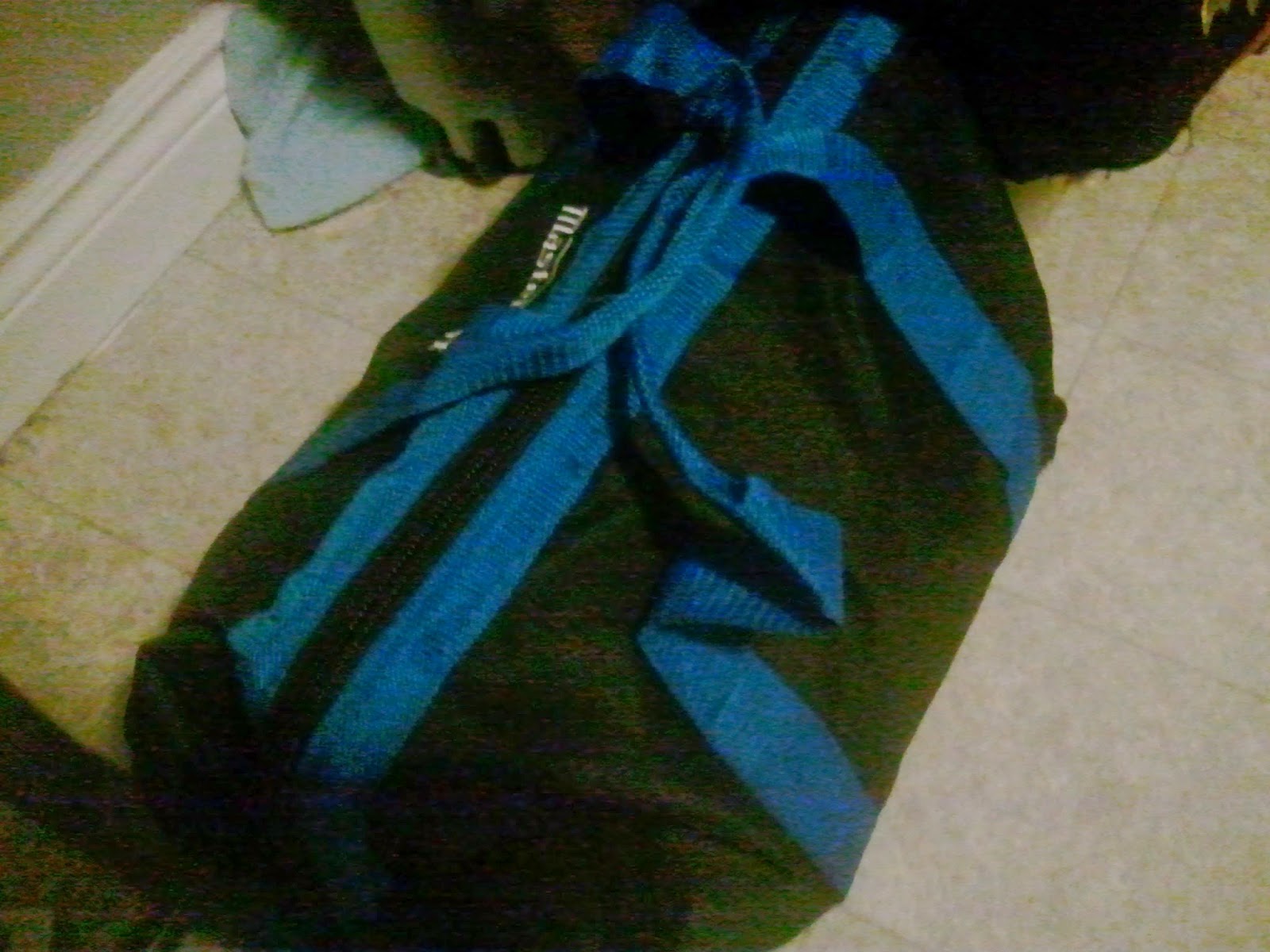Simple Pine Planter (part 1)
Easy DIY project you can try on the cheap
What you'll need:
-Drill
-Circular or Table Saw
-1" Wood Screws
-Clamps (I have a 12", and two 24")
-Carpenters Glue
-1"x4" Pine Board (I had 4' of it)
-1"x6" Pine Board (I had 6' of it)
Alright so was using a 15" mud pan as a liner in this. So naturally the inside of the planter will be about 15 1/8" long and was 7" wide. The first thing we're gonna do it mark our cut lines. Let's do it step by step.
Bottom of the planter:
2 pieces of 1x4" measuring 15 1/8th" in length
Feet of the planter:
2 pieces of 1x4" at 5" in length
Long sides of the planter:
2 pieces of 1x6" measuring 15 1/8th" in length
Short sides of the planter:
2 pieces of 1x6" measuring 8 1/2" in length
Once everything is marked out go ahead and cut them out and try to be as precise as you can of course. Measure Twice, Cut once and Square lol I use my sawhorses to clamp down the wood and I use a square guide to for my circular to ensure straight cuts.
So with all that done you should be left with the following:
The first thing I assemble after this is the bottom. I put my 15" 1x4's side by side and attach them with the legs. I always recommend Countersinking* the holes if possible(makes it smoother and can fill with wood putty later if needed). Picture below is an example of coutersinking.
I then glued the two pieces together and then screw them together with the 1" screws in my presinked holes. I always clamp together anything I'm glueing at least 3 hours.
After the bottom was done I then attached my first short side. I made sure to leave 3/4" on each side of edges for the long pieces to fit.
My boards had a bit of a curve to it so as you can see I had clamped a square to make sure it dried nice and square (worked wonderfully). In this case because I wanted to make sure it stayed that way I let the glue dry overnight with 2 screws on the bottom (one in each base board).
I then glued n' screwed the first long side. Same principle, I used glue on all the connecting surfaces. Screwed 2 screws on the side panel to attach to long board and then 4 screws connecting long side with the base board.
Inside shot of it clamped and drying.
Then I moved along with the second long side. Same procedure as before but reversed of course. At this point the short side should be fully screwed into but sides and bottom boards.
Only difference is this time I cut a 7" pieces of 1x6" to fit in between so I could make sure it was square which setting.
And here is the final clamping of it all. The last side piece. This one is an easy fit. Glue all connecting surfaces and put in all 4 screws so all is finally connected. Clamp it all and let the patience begin. I let this last step sit overnight as well.
Once everything had dried, step 1 of this planter is complete!
You can really see how I screwed everything in here.
Next we will work on step 2: Sanding, Coating, Staining, Coating and finally Stencil Paints!

























